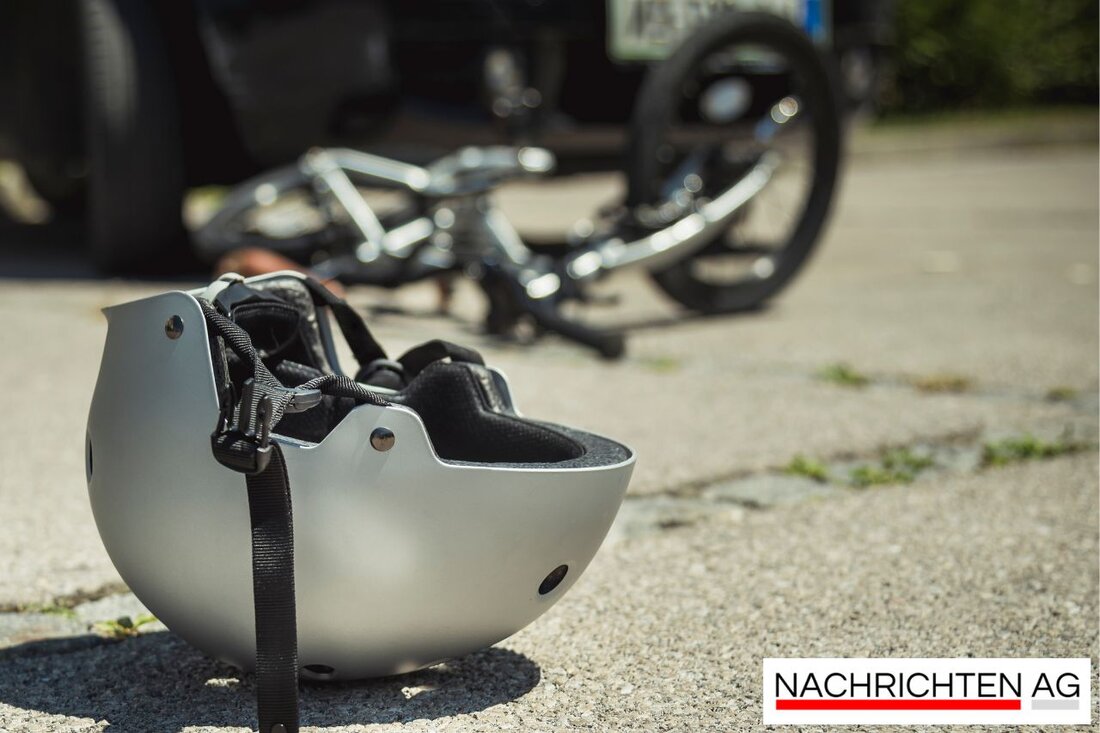Parking crisis in Bremen: What effects do you have on the choice 2027?
Schwachhausen sees growing resistance to lack of parking, while Bremen's transport policy faces challenges.

Parking crisis in Bremen: What effects do you have on the choice 2027?
in Bremen, it is bubbling, because the red-green-red government alliance sees itself towards a real problem: lack of parking. This regulation has caused a lot of resentment since the introduction of the "residents park zone 0" in the stone gate in 2020. A total of 120 tolerated parking spaces have been eliminated, and a four-step plan has to gradually reduce the public parking space in order to increase rescue security and accessibility. The forecasts are alarming - thousands of parking spaces will disappear. The Weser-Kurier reports that despite various measures to improve public transport, the number of local vehicles in Bremen in January has reached a historical maximum of 300,900.
The population has a pronounced preference for their own cars that they also want to park close to their apartments. At the same time, the traffic policy is perceived by many as the majority of citizens. There is great resistance to the current measures, especially in quarter such as the Gabriel-Seidl-Straße in Schwachhausen. CDU and FDP take the situation as an opportunity to position themselves as advocates of the car owners concerned. The displeasure could be noticeable until the 2027 election - a challenge for the SPD, which has to bear the main burden of voters, while the Greens and the left are less likely to emerge from the discussion.
causes and effects of the parking lot crisis
What are the reasons for this lack of parking? The nord24 illuminates this situation more precisely. It is the interaction of growing population, urban development and increasing mobility behavior that Bremen presents with challenges. The demand for parking spaces exceeds the offer, while at the same time increased emissions and traffic jams burden the economic situation of local business. Changed work models, such as increased work in the home office, also lead to longer parking times in residential areas.
A large imbalance between supply and demand is also shown in the prices for parking spaces, which are often well above the usual market level. Complex historical city structures and outdated planning concepts make the situation more difficult. The trend towards more cars per household and the compression of urban rooms continue to drive the parking space pressure.
Sustainable solutions for Bremen's traffic
In order to meet this challenge, innovative solutions are required! The Environmental Federal Agency emphasizes that an effectively parrava management is considered the key to sustainable urban mobility. The aim is to make traffic more environmentally friendly without restricting mobility and goods transport. Sustainable urban development requires holistic approaches that take into account both the needs of drivers as well as pedestrians and cyclists.
With intelligent parking space management systems, flexible road concepts and expanded public transport, we can meet these challenges. It is time that Bremen politics shows a good hand to shape a future -oriented transport policy that meets the needs of all citizens. Because life in a city also means taking responsibility for their development and making them more livable.

 Suche
Suche
 Mein Konto
Mein Konto